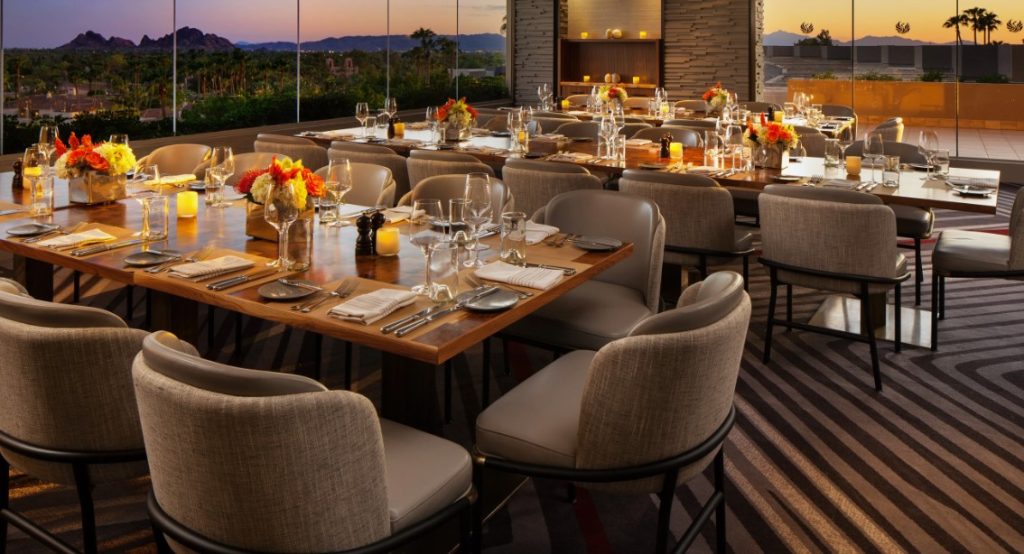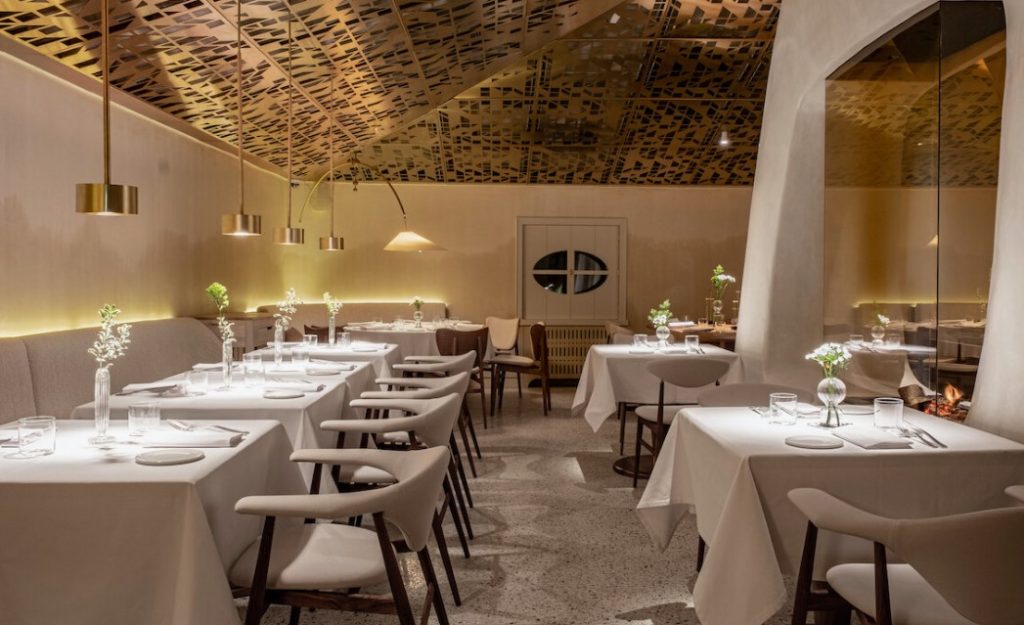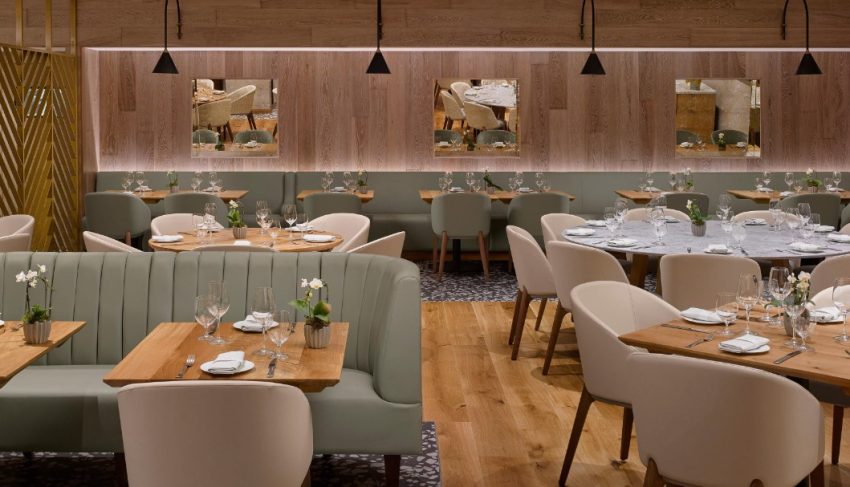In the contemporary digital landscape, technology is significantly altering the dining experience. Technology has undeniably become integral to the restaurant industry, from facilitating online reservations to implementing digital menus and contactless payment methods. This article delves into how technology enriches the best restaurants for dining experience, fostering greater convenience, efficiency, and personalization for patrons and restaurant proprietors.
Online Reservation and Booking Platforms
One of the most significant technological advancements in the restaurant industry has been the widespread adoption of online reservation and booking systems. These tools enable diners to rapidly search for restaurants, check availability, and book reservations. These platforms offer restaurants a simpler way to handle bookings, eliminate no-shows, and maximize table turnover.
Online reservation systems also allow guests to book a table anytime, eliminating the need to phone the restaurant during business hours. Many services allow users to personalize their reservations by including unique requirements like dietary restrictions or seat preferences. This level of personalization improves the whole eating experience and ensures diners have an enjoyable visit.

Digital Menus and Ordering System
Digital menus are another technological advance that is altering the eating experience. Diners can explore the menu on their smartphones or tablets by scanning QR codes or using restaurant applications. Digital menus are quickly updated to reflect menu changes, seasonal promotions, and item availability, ensuring guests have the most up-to-date information.
Numerous dining establishments employ digital menus and ordering systems, enabling patrons to place orders directly from their cellular devices. This diminishes the necessity for waitstaff to receive orders manually, expedites the ordering process, and reduces the probability of errors. Digital ordering systems allow diners to tailor their food selections, provide specific instructions, and equitably split expenses.
Contactless Payment and Mobile Wallets
Contactless payments and smartphone wallets have revolutionized the way we pay for food. Thanks to the growing popularity of payment apps like Apple Pay, Google Wallet, and Samsung Pay, customers can now pay their bills with a single smartphone tap. This speeds up the payment process while eliminating the need for physical contact, making it a safer option in a post-pandemic world.
Contactless payments are also more convenient for diners since they remove the need to carry cash or credit cards. Offering contactless payment options in restaurants can improve customer satisfaction by providing a rapid and hassle-free way to complete transactions.
Table Management and Reservation Analytics
Technology is pivotal in optimizing table management and reservation analytics within the restaurant industry. Advanced reservation systems can track customer preferences, dining history, and special requests, enabling restaurants to deliver a more personalized experience to their repeat patrons. These technological solutions can also analyze booking patterns, predict peak times, and optimize staff levels, resulting in increased operational efficiency and reduced wait times.
Furthermore, reservation analytics offer valuable insights into consumer behavior, empowering businesses to identify patterns and make well-informed decisions. For instance, a restaurant can uncover specific dishes’ popularity during weekends and adjust its menu or inventory to align with this demand. This depth of data analysis enables restaurants to comprehensively understand their patrons and tailor their offerings to match their preferences.
Virtual And Augmented Reality in Dining
While still in its early stages, virtual and augmented reality (VR and AR) are beginning to enter the dining experience. Some restaurants are experimenting with VR to create immersive dining experiences, where diners can virtually visit the places where their food was sourced or watch a 3D rendering of their meal being prepared.
In contrast, augmented reality (AR) can improve the menu experience by allowing guests to visualize foods before ordering. Diners may view a 3D model of a menu item by pointing their smartphone at it, which includes ingredient data and nutritional information. This technology improves the eating experience by adding a fun and engaging component and supporting visitors in making more educated choices.

Technology Benefits Restaurant Proprietors and Patrons
Incorporating technology into the dining experience benefits both businesses and customers. Technology may help organizations optimize processes, save money, and improve customer happiness. Routine procedures such as booking, ordering, and payment can be automated to save restaurant personnel time. Technology also improves guest comfort, customization, and dining experiences. Whether scheduling a table, customizing an order, or paying the bill, technology makes the eating experience faster, easier, and more enjoyable.
Challenges And Considerations
While technology provides several advantages, it also creates obstacles. Some diners, particularly elderly consumers, may find the transition to computerized menus and contactless payments difficult. Restaurants must ensure their personnel is properly trained to assist guests unfamiliar with these technologies. Additionally, technology’s reliance raises concerns about data security and privacy. Restaurants must take precautions to safeguard consumer data and ensure the safety of their digital platforms.
In Summary
Technology undoubtedly improves eating experiences by bringing new levels of efficiency, personalization, and convenience. As the restaurant sector develops, incorporating technology will increasingly shape the future of dining. For diners, the advantages of technology are obvious: quicker service, more individualized interactions, and more convenience. Using technology to their advantage allows restaurants to remain competitive in a rapidly evolving sector. As patrons and establishments adjust to these developments, the future of dining will be more inventive and connected.

I specialize in administrative technologies and am responsible for training other employees to use advanced systems and applications, including accounting software, mass communication procedures and organizational applications
